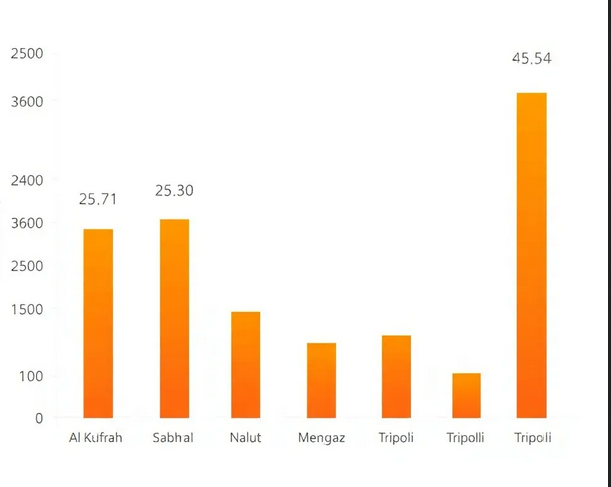Using Solar Energy in Remote Libyan Areas and Establishing Model Farms (Al-Saddada Area)
Keywords:
Solar Energy, Remote, Model Farms, Solar farm, Al-Saddada AreaAbstract
This study examines the potential for establishing solar farms in the Al-Saddada region of Libya, leveraging the country's abundant solar resources to transition towards renewable energy. Solar farms, often referred to as "solar gardens" or "solar fields," consist of arrays of photovoltaic (PV) panels that convert sunlight into electricity, typically with a capacity of at least 100 kilowatts. With Libya located in the sunbelt region, it benefits from some of the highest solar radiation levels globally, averaging approximately 2,500 kWh/m²/year and over 3,500 hours of sunshine annually. The strategic plan for Libya aims to integrate renewable energy into 30% of the energy mix by 2030, with expectations for renewable sources to surpass fossil fuels by 2050. The research highlights the importance of addressing environmental factors that could impact the efficiency and sustainability of solar farms, such as soil erosion, dust, and wildlife interactions. By managing these concerns, solar farms can enhance their operational capacity and contribute to reducing the carbon footprint of the electricity sector, which currently accounts for 36% of Libya's total emissions. The study is structured to provide a theoretical foundation, testable hypotheses, and analytical strategies, culminating in a descriptive overview of results and their implications for renewable energy planning in Libya. Ultimately, this research underscores the significance of solar energy development in the Al-Saddada region and suggests pathways for future exploration in solar farm implementation and renewable energy strategies.
Downloads






